Microbe Collection
Ongoing – (See Cards)…
This set simply aims to collect “microorganisms” as loosely as defined as those species that are multicellular, singled cell or smaller (essentially SCALE value of 3 or less). Given the incredible diversity and abundance of species in this category, the Phylo project is hopeful that this collection will grow to represent this important part of biodiversity.

Hyalosphenia
Amoeba genus

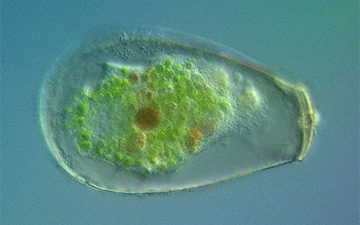
4 POINTS
Play: Hyalosphenia has a MOVE of 1,and is considered a HETEROTROPH.
Fact: Hyalosphenia is a testate amoeba that has photosynthetic symbionts (the green particles-chlorella)

Euplotes
Euplotes genus

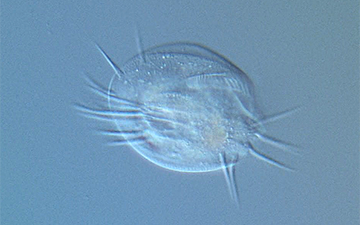
4 POINTS
Play: Euplotes has a MOVE of 1, and is considered an HETEROTROPH
Fact: Euplotes often have dorsal (sensory) and ventral (movement) cilia.

Eunotia
Diatom group

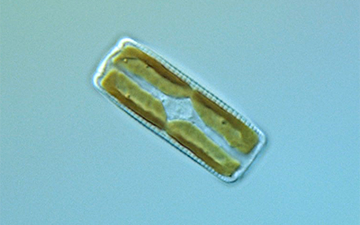
2 POINTS
Play: Eunotia is considered an AUXOTROPH
Fact: Eunotia are a common form of phytoplankton and have cell walls made of silica (called a frustule).

Eudorina
Volvocaceae family


2 POINTS
Play: Eudorina is considered an AUXOTROPH.
Fact: Volvocales can form colonies known as a gonium (4-32 cells) or a volvox (>500 cells).

Drought
Event Card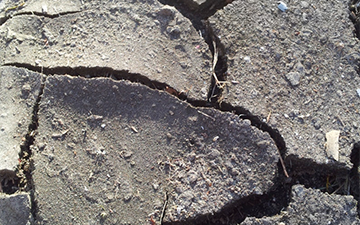
Play: Place this card on any ocean or freshwater based SPECIES card
Effect: The SPECIES card is IMMEDIATELY discarded.

Cosmarium
Desmidiales order

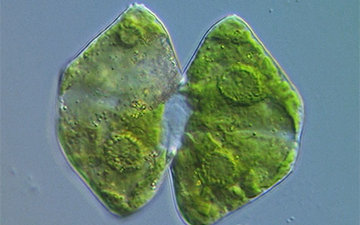
2 POINTS
Play: Cosmarium is considered an AUXOTROPH
Fact: Desmids tend to assume highly symmetrical and attractive shapes.